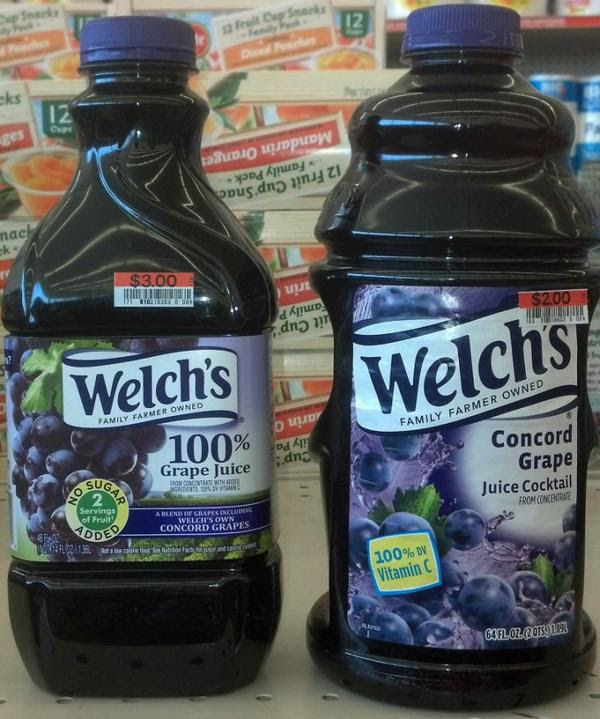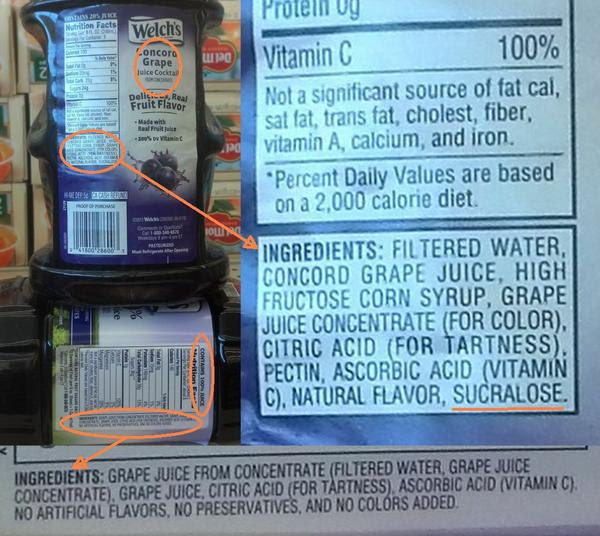A lot of people today would like to lose a few pounds. Conventional thinking is that people put on weight if they eat too much and don’t exercise enough. While there is a slight degree of truth to eating too many calories, it is not at all helpful to the person who would like to lose (or gain) weight.
People eat because they get hungry. Modern “imitation foods” interfere with the body’s hunger signals and destroy the body’s ability to burn carbohydrates efficiently. The modern world makes being overweight effortless. The worst way to try to lose weight is by starving yourself. When a person doesn’t eat food their body starts to eat itself. When blood sugar gets low the body releases cortisol, which tells the body to convert protein (muscle) into sugar.
Edgar Cayce’s basic strategies for weight loss is as applicable now as it was when the Cayce Readings were given (1901-1945). There were multiple approaches to weightloss, the simplest of which was the “grape juice diet”. Sometimes when the recipient of a reading wanted to lose weight, they were told to regularly drink 2-3 ounces of grape juice, diluted with 1-2 ounces of water, four times a day: ½ hour before breakfast, lunch, dinner, and before bed.
Grape juice provides a good source of sugar and other nutrients. Using grape juice before a meal satiates the body’s sugar cravings, thereby allowing a person to better listen to their body’s hunger signals when they get to the main course. Later research found it takes about 20 minutes before a person realizes they’ve eaten enough, which is why we have a tendency to eat too much.
Here are two quotes from the readings. More of my comments are below.
TEXT OF READING 1612-4 F 57
6. Do continue with the use of the grape juice diet. Try this in series of taking two ounces of the Welch Grape Juice with one ounce of plain water (not carbonated) four times each day, half an hour before each meal and at bedtime. While this will reduce the activities through the appetite, it will supply sufficient sugars without adding avoirdupois.
(avoirdupois is defined as “weight, heaviness”)
TEXT OF READING 470-19 M 48
7. As we find, to prevent the excesses of weight for this body, we would use also the grape juice. This three-fourths grape juice to one-fourth water, or a small glass or four ounces four times a day. This taken before meals and before retiring. Unless this becomes to the body as heavy upon the system, it will be found to prove beneficial to eliminations, and prevent the use of or desire for starches or sweets; and will give the inclination for the body to keep a normal balance in weight. The Welch as we find is the preferable for this, when the fresh grapes are not available.
8. Ready for questions.
9. (Q) Is the Welch grape juice prepared without benzoate of soda?
(A) Prepared without benzoate of soda. Pure grape juice.10. (Q) Should starches and sweets be eliminated from the diet, or to what extent may they be eaten?
(A) As indicated, if the grape juice is taken it supplies a sugar, the kind of sugar though that works with the system – that which is necessary, see? and then that prevents the system’s desire for starches and sweets in excess. Not that these are not to be taken at all, for they supply, of course, the necessary heat units for the body in a great measure; but as these would be supplied through the taking of the grape juice, or the eating of the grapes (if they are taken AS the regular diet, and not just occasionally), there would only be the partaking of others as the appetite calls for same. When the appetite is controlled, it will govern the necessary forces in these directions.
Welch’s was the first pasteurized grape juice. Would Mr. Cayce still recommend Welch’s grape juice? Possibly. Consider this picture:
When I found these two bottles next to each other on the shelf, I wondered why one was $3 and the other was $2. The ingredients explain the difference:
The second picture shows is the importance of buying 100% grape juice instead of a “fake” grape-flavored juice cocktail, sweetened with Corn sweetener and the vile fake-sugar sucralose/Splenda.
Welchs’ grape juice has Ascorbic Acid, and manufactured citric acid “for tartness”. Both of these are probably actually used as preservatives – ascorbic acid protects color, and citric acid preserves food. Many people are allergic to the fungal contaminants in manufactured citric acid (this was covered in one of my emails).
I prefer concord grape juice that doesn’t have any additives (sometimes found as ‘kosher grape juice’), or that only have ascorbic acid. For example, the commonly-available Langer’s Concord Juice only has ascorbic acid.
Conclusion
It’s easy to consume too much juice. But with a bit of discipline, Edgar Cayce’s “grape juice diet” — 2 to 3 ounces of juice, 4 times a day — can make weight loss much easier than the standard advice to ‘eat fewer calories’.
-James Knochel

